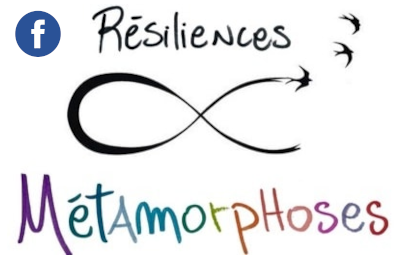Pour voir les références d’un(e) auteur(e), cliquez sur son nom. Pour revenir à la page, utilisez le bouton refresh ci-dessous.
Cela fonctionne également avec les mot-clés de chaque référence.
Résultats pour:
Nature Geoscience
06 juillet 2023
Permafrost and glaciers in the high Arctic form an impermeable ‘cryospheric cap’ that traps a large reservoir of subsurface methane, preventing it from reaching the atmosphere. Cryospheric vulnerability to climate warming is making releases of this methane possible. On Svalbard, where air temperatures are rising more than two times faster than the average for the Arctic, glaciers are retreating and leaving behind exposed forefields that enable rapid methane escape. Here we document how methane-rich groundwater springs have formed in recently revealed forefields of 78 land-terminating glaciers across central Svalbard, bringing deep-seated methane gas to the surface. Waters collected from these springs during February–May of 2021 and 2022 are supersaturated with methane up to 600,000 times greater than atmospheric equilibration. Spatial sampling reveals a geological dependency on the extent of methane supersaturation, with isotopic evidence of a thermogenic source. We estimate annual methane emissions from prog
05 septembre 2022
Understanding the recent history of Thwaites Glacier, and the processes controlling its ongoing retreat, is key to projecting Antarctic contributions to future sea-level rise. Of particular concern is how the glacier grounding zone might evolve over coming decades where it is stabilized by sea-floor bathymetric highs. Here we use geophysical data from an autonomous underwater vehicle deployed at the Thwaites Glacier ice front, to document the ocean-floor imprint of past retreat from a sea-bed promontory. We show patterns of back-stepping sedimentary ridges formed daily by a mechanism of tidal lifting and settling at the grounding line at a time when Thwaites Glacier was more advanced than it is today. Over a duration of 5.5 months, Thwaites grounding zone retreated at a rate of >2.1 km per year—twice the rate observed by satellite at the fastest retreating part of the grounding zone between 2011 and 2019. Our results suggest that sustained pulses of rapid retreat have occurred at Thwaites Glacier in the past

